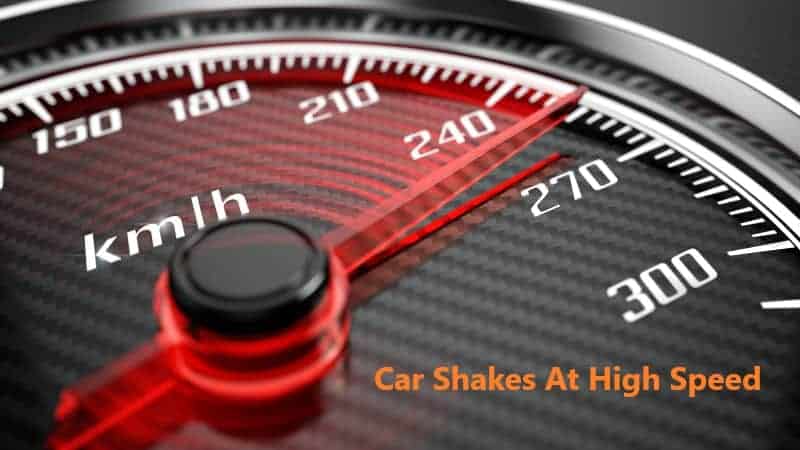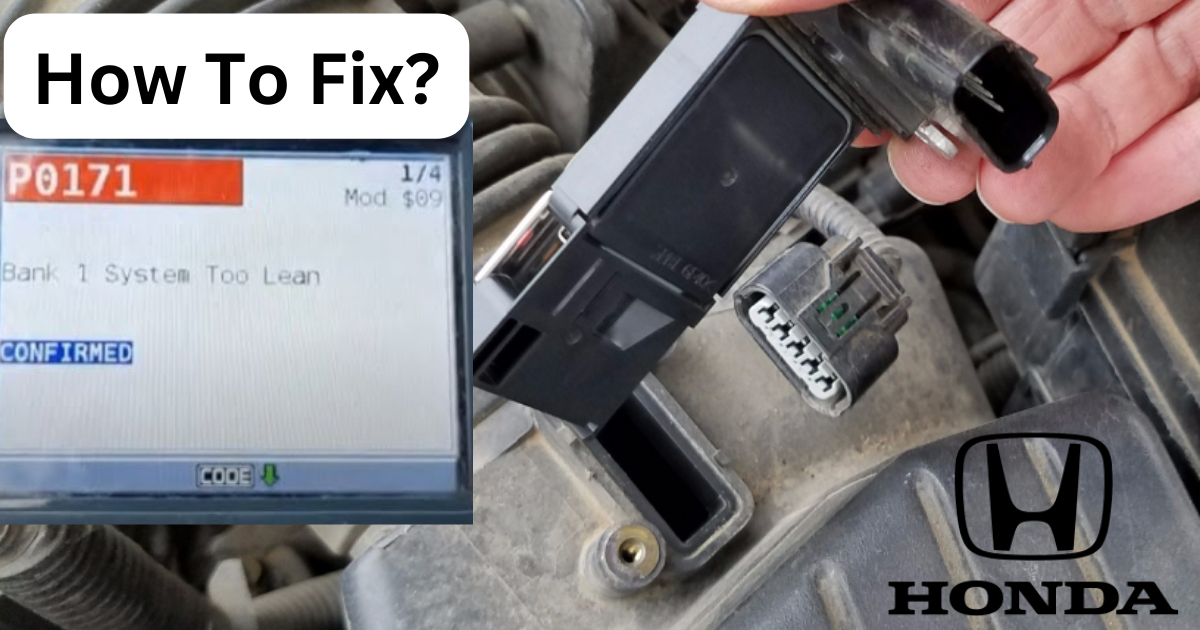Shaking at high speeds can be caused by a number of different things. Rapid vibrations are a common indicator of a more serious issue that, if left unchecked, might cost a pretty penny.
What causes a car to shake at high speed?

When traveling at high speeds, a car may shake due to issues such as uneven tyre wear, loose lug nuts, twisted inner CV joints, or defective spark plugs. Damage to the CV axle, a detached vacuum hose, a worn-out engine mount, and other similar issues are other causes.
Loose lug nuts: In most cases, this problem arises following a visit from a mechanic’s shop. Any amount of wheel wobble can be caused by either you or a technician forgetting to torque the wheel nuts after adjusting the suspension. It will appear as though the car is trembling.
Bent or damaged inner CV joint: Twice as many CV joints are located on each axle. There are two types of CV joints: the inner and the outer. Vibrations at high speeds are a symptom of worn inner front CV joints. Vibration at the vehicle’s rear end can also be caused by damaged or failed back inner CV joints. The little tremors will grow into a full-blown tremor if not noticed.
Lousy spark plugs: The engine may misfire if the spark plugs are dirty or clogged. A problem with foul or filthy spark plugs could be the cause of vibrations heard when the engine is idling. Additionally, it has the potential to make the car vibrate when you drive.
Stuck brake calliper: Vehicle vibration can be caused by a jammed or sticky brake caliper. The actual vibration won’t be felt here. Once you accelerate to 40-50 mph, you’ll notice a vibration on the steering wheel.
Broken engine mount: Connecting the engine to the vehicle body is the main purpose of the engine mount. As an additional function, it acts as a damper. In other words, it dampens the rumble of the road, making it more bearable for the driver and passengers.
Bent Axle: The axle is a robust metal part of a vehicle. Although it is strong, it is not inflexible.
The axle could be bent in the event of a small accident or impact with a heavy rock. It would be a mistake to think everything is well when problems like this arise. Some minor problems may develop over time, although they will be difficult to detect at first.
Bent driveshaft: Transferring power from the engine to the rear wheels is the job of the driveshaft, which is another name for a propeller shaft. The driveshaft is a component of cars with rear-wheel drive (RWD), all-wheel drive (AWD), or four-wheel drive (4WD).

Disconnected or torn vacuum hose: Air leaks caused by a detached or ripped vacuum hose can fool several automotive sensors. The vehicle’s computer will receive this erroneous signal from these sensors and attempt to rectify the situation by modifying the air/fuel ratio. Problems with the engine, such as loss of power, misfiring, and backfiring, occur as a result.
How do you fix a shaking car at high?
Car vibration at high speeds can be fixed in numerous ways, since it can be caused by many different things. In this part, we’ll go over some of the best practices for reducing vibration while driving on highways.
Get a wheel balance: This necessitates bringing the tires to a tire shop or technician for alignment. In order to fix the imbalance, the technician will install the wheel or tire on a balancing machine.
Tighten loose lug nuts: You won’t need to take it to a mechanic because this is a simple fix. Put your car on a level, sturdy surface to solve this problem. Separate the wheels and use a torque wrench to double-check the lug nuts.
Replace defective or failed inner CV joints: As mentioned before, ripped CV joint boots are a common reason for damaged inner CV joints. Getting new boots to replace the joint is your only option.
Clean or replace spark plugs: The spark necessary to maintain proper engine operation cannot be supplied by a spark plug that is fouled or unclean. Changing out the spark plugs or cleaning the old ones should solve the problem.
Service calipers: It may be necessary to clean and smooth the pistons of the caliper in order to service it if inspection reveals that it is the cause of the highway vibrations. Make that the caliper pins are functioning properly. Obtaining a replacement calliper and assembly should be the subsequent consideration.
Replacement of broken engine mount:
Unfortunately, engine mounts are usually not fixable. However, by replacing the bushing on the inside of the side, you can fix a few.
Take your vehicle to a repair shop as soon as you discover a damaged engine mount so they can replace it. I suggest taking the engine mounts apart and checking them one by one on the ground.
Straighten or replace bent axle: An expensive component is a vehicle axle. Get your car checked out by a mechanic if you think it has a bent axle. One of two options is to straighten it or replace it.
Replace bent driveshaft: Driveshafts are not likely to bend in a collision unless the force is very great. The spicer bearings on the joints are the source of the problem with these parts. These parts wear out before the car does. Therefore, they will inevitably fail. You should replace them with fresh ones when they break.
Replace torn vacuum hoses: Find the source of the leak and either reconnect or replace the hose; that should take care of the issue.
Conclusion
Vibration at high speeds is bad for any vehicle, regardless of age. There is an impending problem with the vehicle if it trembles while traveling at high speeds. You can’t expect to fix the issue by sticking to a specific speed limit.
Rather, attend to the issue as soon as you become aware of it. Take a look at the reasons listed below and utilize our instructions to remedy them. Consult an expert if you are unsure of the fundamentals of operation.




